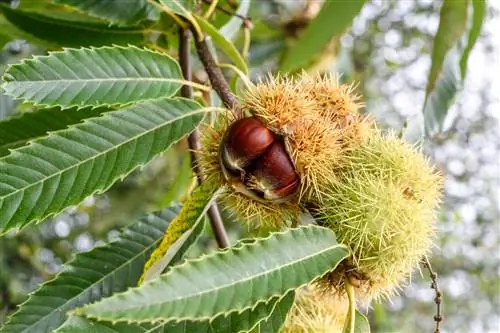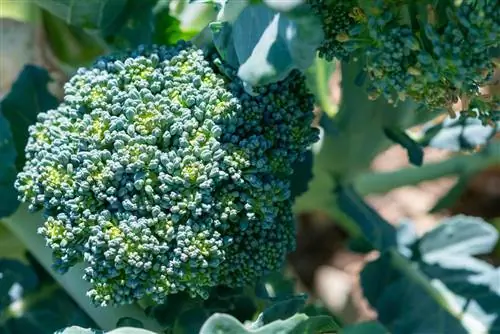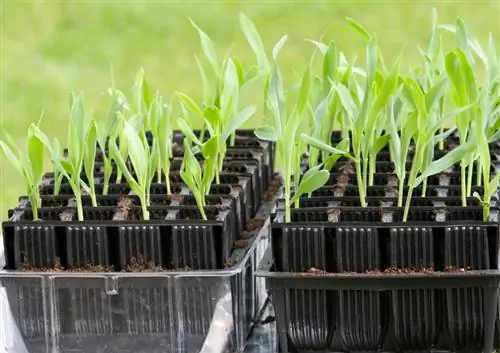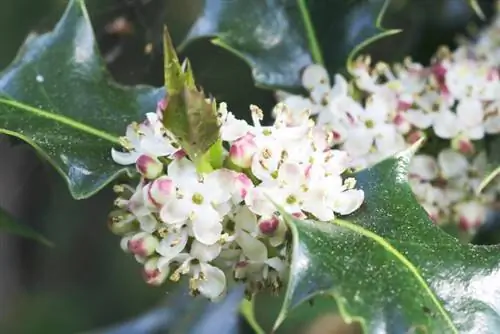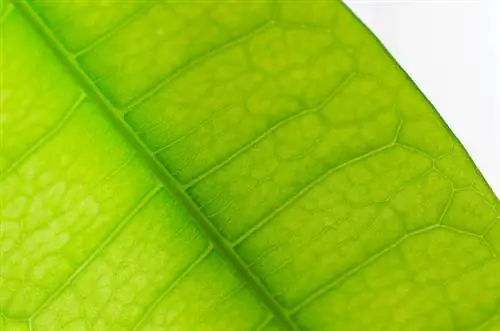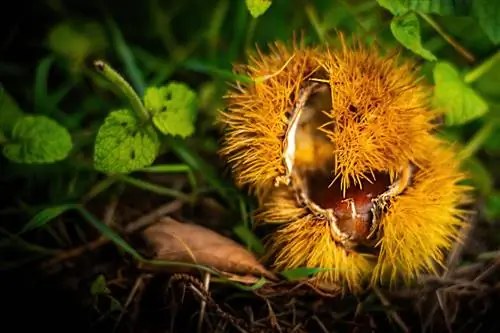- Author admin [email protected].
- Public 2023-12-16 16:46.
- Last modified 2025-01-23 11:22.
The sweet chestnut is a sensitive tree. Fortunately, the many diseases present themselves with a different damage pattern. Nevertheless, yellow leaves have no place on the sweet chestnut in summer. But they remain stubborn until the cause is found and remedied.
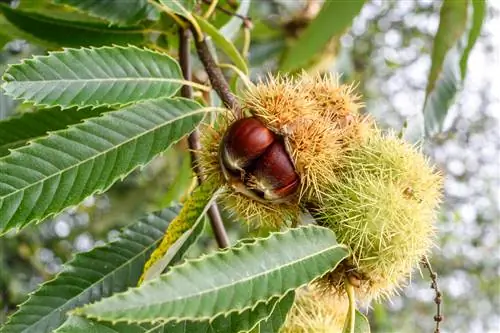
Why does a sweet chestnut get yellow leaves?
The sweet chestnut gets yellow leaves when it suffers from extremedrought. If it is well supplied with water, it is most likelyChlorose. The type of yellow coloration indicates themissing nutrient. Only a soil sample can provide concrete data.
What nutrients could have caused the chlorosis?
In sweet chestnuts, one of the following substances is usually responsible for yellow leaves:
- Nitrogen
- Iron
- Phosphorus
- Potassium
Only fertilize the nutrient that the sweet chestnut lacks, because over-fertilization is also harmful and can lead to yellow leaves.
How can I tell from the damage which nutrient is missing?
Nitrogen deficiency
- light yellow to yellow-green leaves
- even coloring
- Necrosis (death) of the older leaves
- weaker growth
Potassium deficiency
- Leaf edge necrosis on older leaves
- increased susceptibility to diseases
Phosphorus deficiency
Leaf discoloration turns reddish
Iron deficiency
- Leaves are yellow
- Leaf veins stay green
- later the leaves dry up
How quickly do the leaves turn green again?
If the missing nutrient is supplied to the sweet chestnut immediately and in sufficient quantities, it can still take about four weeks until this becomes apparent on the foliage.
What other reasons can there be for yellow leaves?
A pest can also be responsible for yellow leaves on young sweet chestnuts: the vole. It has also been shown that sweet chestnuts do not like very calcareous soils. It is also disadvantageous if the soil in the root area is heavily compacted or paved.
When do I have to water the sweet chestnut?
A grown sweet chestnut can take care of itself with its roots. Only young trees should be watered regularly. However, waterlogging must generally be avoided. That's why all chestnuts should be placed in a location with permeable soil.
Tip
Yellowish shoots are usually nothing to worry about
In spring, the first shoots of the sweet chestnut are often yellowish or slightly reddish. This is a temporary condition that does not indicate nutrient deficiency or disease. The young leaves will turn green after a while without your intervention.

